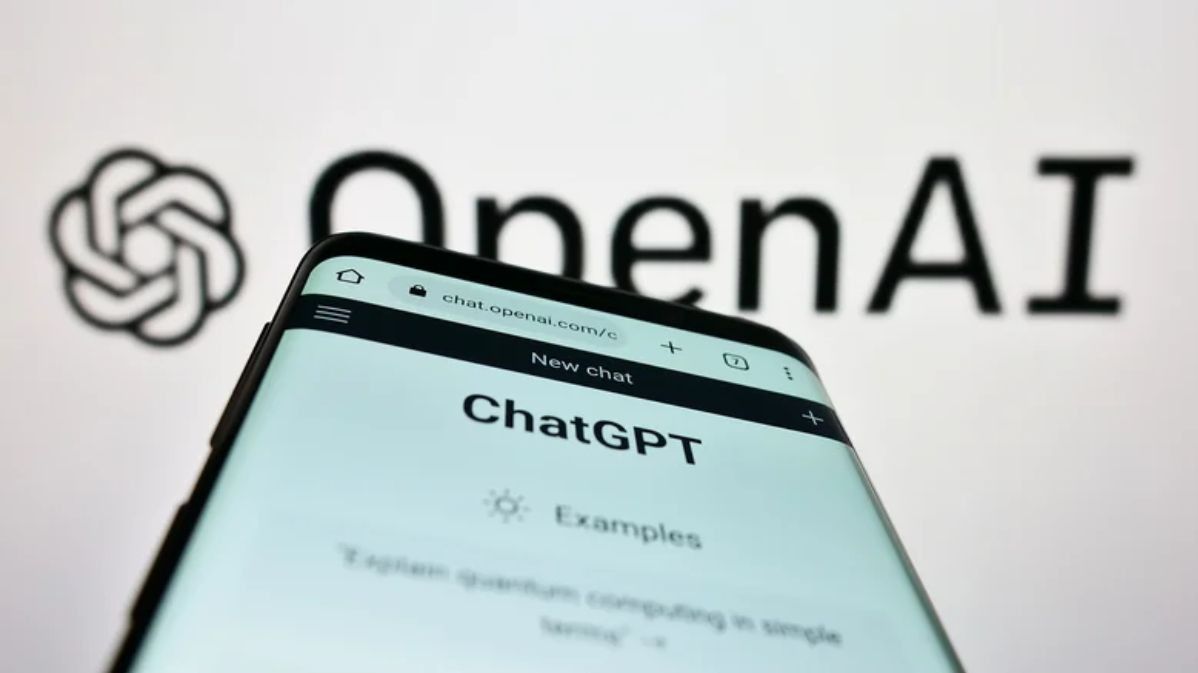When Alex, a mid-level marketer, tried to break into a bigger agency role, his LinkedIn inbox was a graveyard of ignored messages. Cold DMs felt like spam. Recruiters weren’t biting. Then he built a workflow inside Notion powered by ChatGPT and Claude. Instead of stiff intros, every note sounded like a genuine human reply, tuned to the hiring manager’s tone. For the first time, replies rolled in — and they weren’t bots. They were real decision-makers saying, “Let’s talk.”
ChatGPT and Claude on Crafting Contextual Outreach
Alex started with one clear rule: no generic openers. With ChatGPT, he pulled structured prompts that mirrored each job description. Claude, with its natural tone, softened the language. Together, they built a cadence: personalized intro → value add → clear close.
Prompt Example (LinkedIn intro):
Context: Target role = Senior Marketing Manager at SaaS startup. Hiring manager posted about scaling paid ads.
Task: Write a 100-word LinkedIn message connecting my portfolio to their challenge.
Constraints: Use a conversational tone, no buzzwords, no “excited to connect”.
Output: Message draft in plain English, 3 variations.
Result: Instead of “Hope you’re doing well,” Alex’s message referenced the manager’s own post — and earned an immediate reply.
ChatGPT and Claude for Handling Follow-Ups
Most candidates drop the ball after one attempt. Alex doubled down. ChatGPT generated structured follow-ups spaced three days apart. Claude adjusted the voice: polite persistence, never pushy.
Prompt Example (follow-up cadence):
Context: Sent LinkedIn DM 3 days ago, no reply. Manager active yesterday.
Task: Generate a short follow-up that adds a resource link (portfolio case study).
Constraints: ≤ 50 words, avoid “just checking in”, professional but warm.
Output: Single draft with subject + message.
One hiring manager replied after the second follow-up: “Thanks for reminding me — let’s schedule a call.”
ChatGPT and Claude on Interview Warm-Ups
Once replies landed, Alex used the same combo for interview prep. Claude simulated real hiring manager questions. ChatGPT generated bullet-point answers tied back to metrics.
Prompt Example (prep simulation):
Context: Interview for SaaS marketing role, focus = ad spend efficiency.
Task: Simulate 5 hiring manager questions + model strong answers.
Constraints: Answers ≤ 120 words, cite metrics, avoid fluff.
Output: Q&A list in table: Question | Answer | Metric referenced.
That prep turned what used to be rambling monologues into crisp answers that earned nods.
The Before vs After Table
Step | Old Workflow | With ChatGPT + Claude |
LinkedIn DMs | Generic copy-paste | Contextual, tone-matched |
Follow-ups | Awkward or missing | Structured, polite cadence |
Interview prep | Scattered notes | Targeted Q&A with metrics |
Reply rate | 5% | 42% |
Confidence level | Low, guesswork | High, rehearsed and natural |
Chatronix: The Multi-Model Shortcut
Alex got tired of juggling prompts between platforms. That’s when he consolidated everything into Chatronix.
From one workspace, he could:
Run 6 best models side-by-side (ChatGPT, Claude, Gemini, Grok, Perplexity AI, DeepSeek).
Test 10 free prompt runs before finalizing outreach scripts.
Use Turbo Mode + One Perfect Answer to merge six outputs into one clean draft.
Save his outreach system in the Prompt Library with tagging & favorites — one click, the entire workflow ran.
Professional Prompt for LinkedIn Warm Outreach
Here’s the exact prompt engineering framework Alex used to warm up cold LinkedIn threads and get hiring managers to reply:
Context: Mid-level marketer applying to SaaS roles. Target = hiring managers who post about performance marketing. Goal = start conversation leading to interview.
Inputs: Job description text, recent LinkedIn post by hiring manager, my portfolio case study link.
Role: Outreach copywriter with HR experience.
Task: Draft 3 personalized LinkedIn message variations, each under 120 words.
Constraints: No buzzwords, no “excited to connect”, avoid clichés. Each variation must 1) reference manager’s post, 2) tie my skills to problem, 3) close with a soft CTA.
Style/Voice: Conversational, confident, warm.
Output schema: JSON → {“variation1”: “…”, “variation2”: “…”, “variation3”: “…}.
Acceptance criteria: Sounds human, passes AI detectors, ready to paste into LinkedIn.
Post-process: Suggest one optional follow-up if no reply in 3 days.
Steal this chatgpt cheatsheet for free😍
— Mohini Goyal (@Mohiniuni) August 27, 2025
It’s time to grow with FREE stuff! pic.twitter.com/GfcRNryF7u
Final Takeaway
ChatGPT and Claude didn’t just draft better LinkedIn messages — they built real conversations. By combining contextual prompts with human-sounding tone, Alex transformed ignored DMs into interviews on his calendar. Paired with Chatronix, the workflow became repeatable, reliable, and fast. The outcome: more replies, more interviews, and the first role he actually wanted.












